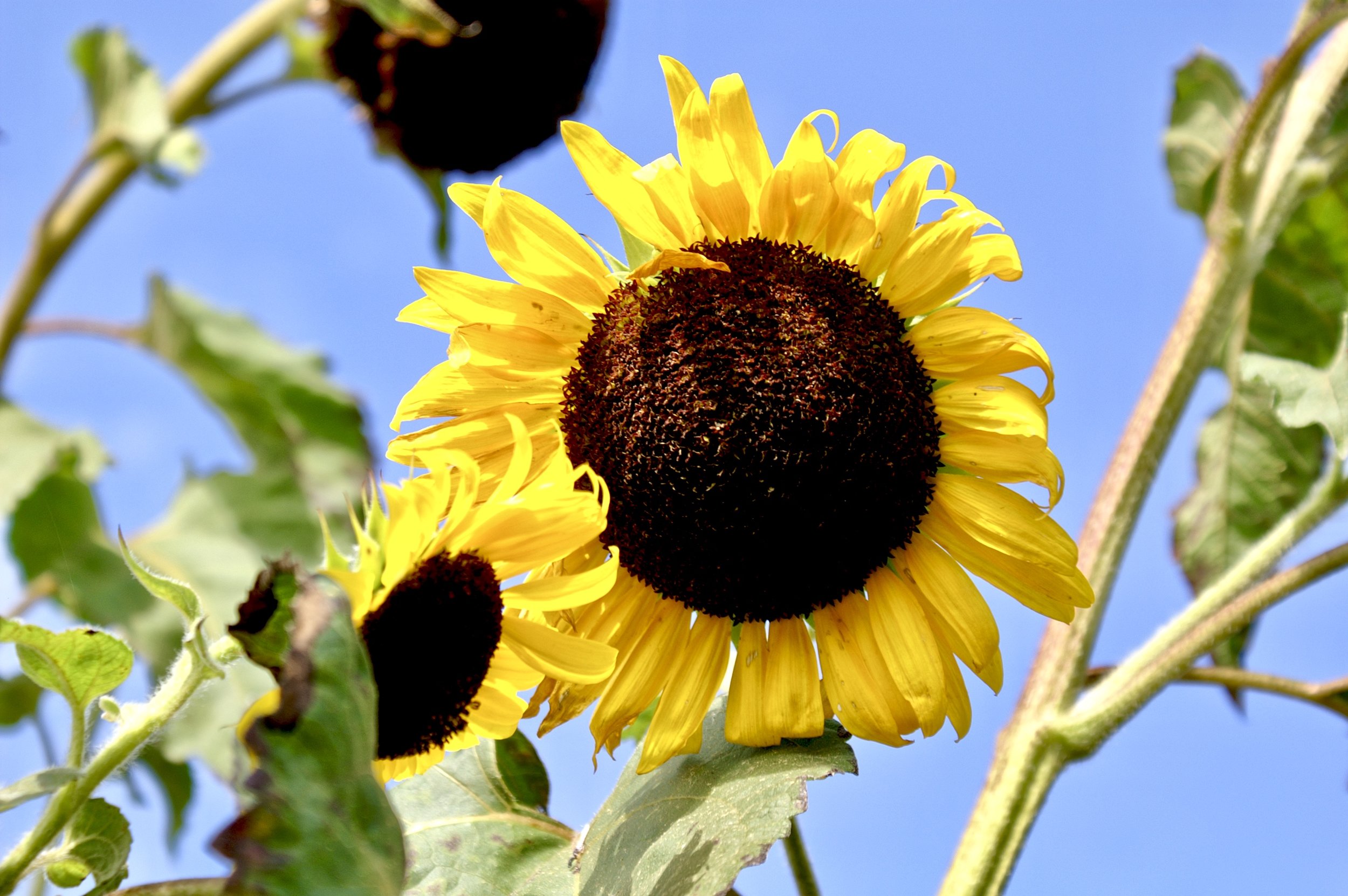The Sunflower
/I visited a program and observed another educator share an invitation with the children.
The setting for this work was a classroom of four-year-old children playing in different areas of the room. The children enjoyed blocks, the play kitchen, a loft, and reading books. The educator set up two invitations at separate tables. An educator sat by each table to guide the children, observe, and document the experience.
Three children were sitting next to one of the invitations. A sunflower was lying on the table. The children listened as the educator shared information about the parts of a sunflower. The children started a conversation with the educator, adding their thoughts and questions about different details of the sunflower.
It was interesting to watch as the children started to work. The educator was very involved while introducing the work. The children asked many questions as they explored different parts of the sunflower.
The educator invited the children to express their thoughts, feelings, and questions about the sunflower using clay. As the children started creating representations of the sunflower, the discussion continued. The communication between the children and the educator continued for the entire work session.
Observing, I wondered if the educator would step away from the workspace to watch from afar and document. The educator stayed at the table the entire work session and interacted with the children while taking notes and photos of the creative process.
After the work session ended, the children listened to the educators read some books. After reading, it was time for outside play before lunch.
What did I learn as the observer of this provocation?
The approach to working with children was more hands-on and verbal than in other classrooms I have observed. The educator was an active co-learner. The educator started the conversation and continued to be part of the experience while documenting. The social relationship between the educator and the children was meaningful and offered the same importance as the investigation process.
The teaching approach looked like the work I observed during a study tour in Reggio Emilia. The educators in Reggio Emilia are verbal and hands-on in their process. Seeing the Reggio Emilia Schools in person was a different experience than reading about their work in books.
The ongoing conversation and questioning by the educator created an exciting learning journey. As they sculpted, the children enjoyed talking with the educator. Their exchange offered deeper connections in the children’s thinking and creative actions.
What is the insight for us as educators?
Observing other programs and moving away from our comfort zone is beneficial to evolving our work with children. No matter what type of program we work in and how wonderful it is, other educators are growing their practice and trying new ideas we can learn from.
Other educators utilize practices that look very different from ours. How they choose to work with children is in the context of their learning community.
Observing other approaches for working with children is essential. Experimenting with our practice will help our learning community evolve, expand, and thrive. Our professional development as educators connects to our willingness to embrace new ideas.
What practices have you observed that changed your thinking about your work with children?


